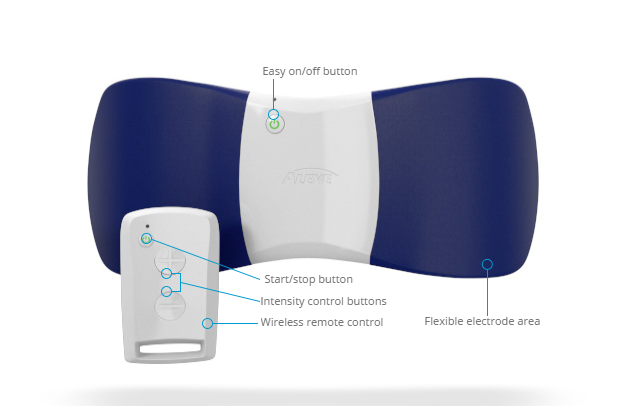

A surgeon can remove varicose veins that cause pain or recurrent thrombophlebitis. Usually, the filter is removed when it's no longer needed. If you can't take blood thinners, a filter may be inserted into the main vein in your abdomen (vena cava) to prevent clots that break loose in leg veins from lodging in your lungs. Prescription-strength compression stockings help prevent swelling and reduce the chances of complications of DVT. The medication alteplase (Activase) is used to dissolve blood clots in people with extensive DVT, including those who have a blood clot in the lungs (pulmonary embolism). Treatment with a clot-dissolving drug is called thrombolysis. Always follow your doctor's instructions carefully. Blood thinners can cause excessive bleeding. After the first treatment, you'll likely be told to take warfarin (Jantoven) or rivaroxaban (Xarelto) for several months to keep preventing clot growth.

If you have deep vein thrombosis, injection of a blood-thinning (anticoagulant) medication, such as low molecular weight heparin, fondaparinux (Arixtra) or apixaban (Eliquis), can help prevent clots from growing bigger. Your doctor might also recommend these treatments for both types of thrombophlebitis: The condition usually improves on its own. A stocking butler may help with putting on the stockings.įor superficial thrombophlebitis, your doctor might recommend applying heat to the painful area, elevating the affected leg, using an over-the-counter nonsteroidal anti-inflammatory drug (NSAID) and possibly wearing compression stockings.

Compression stockings, also called support stockings, press on the legs, improving blood flow.


 0 kommentar(er)
0 kommentar(er)
